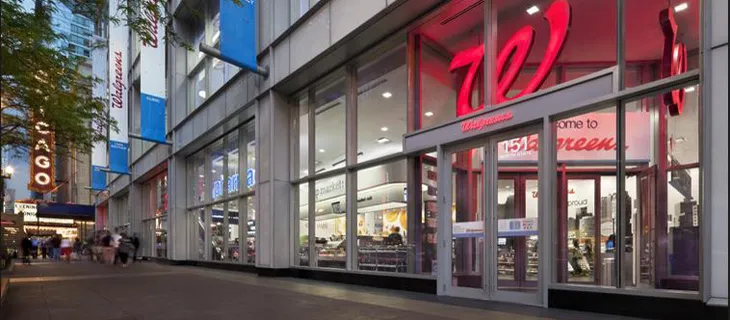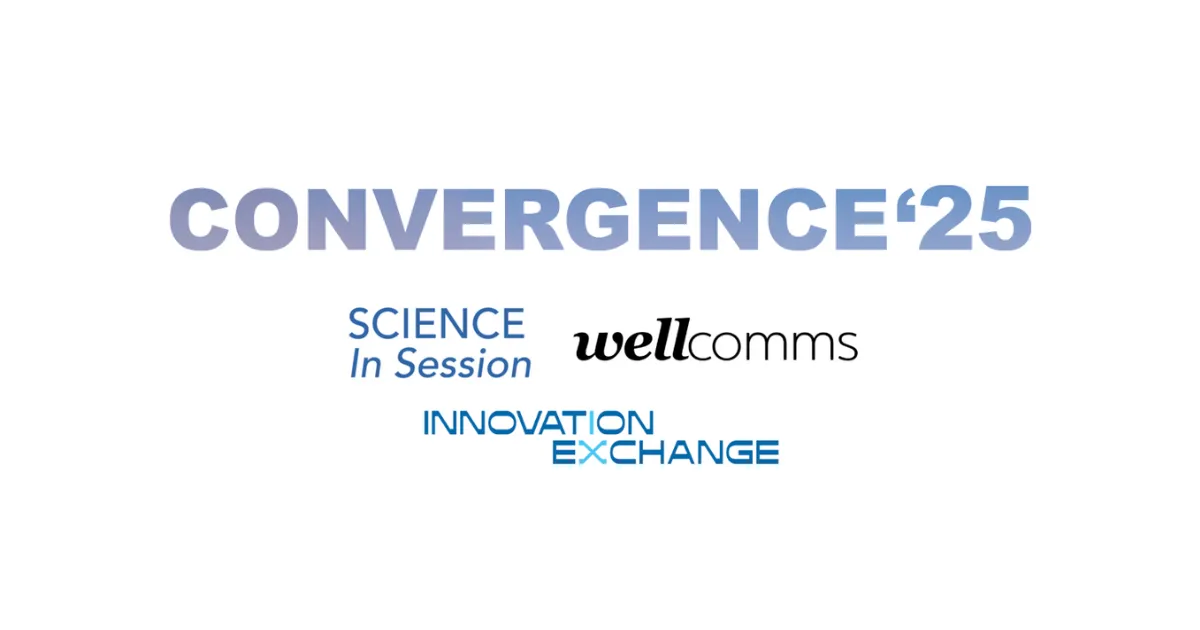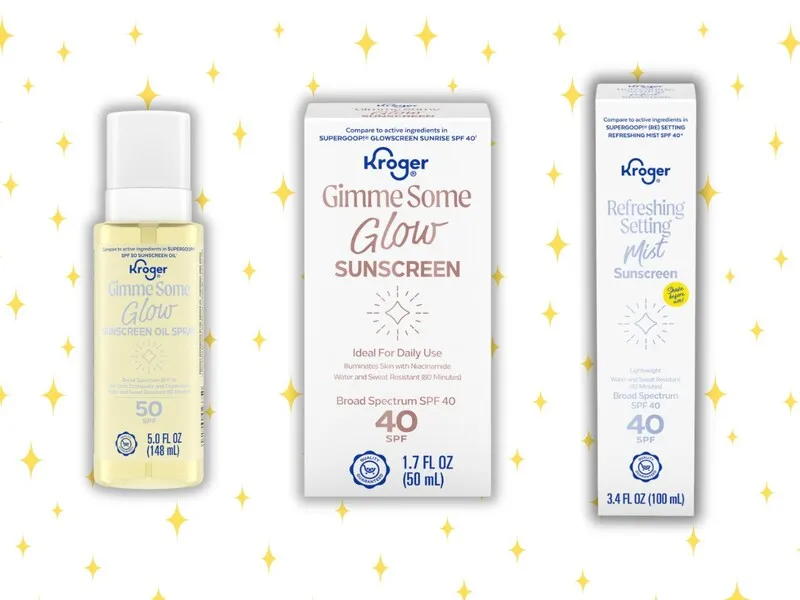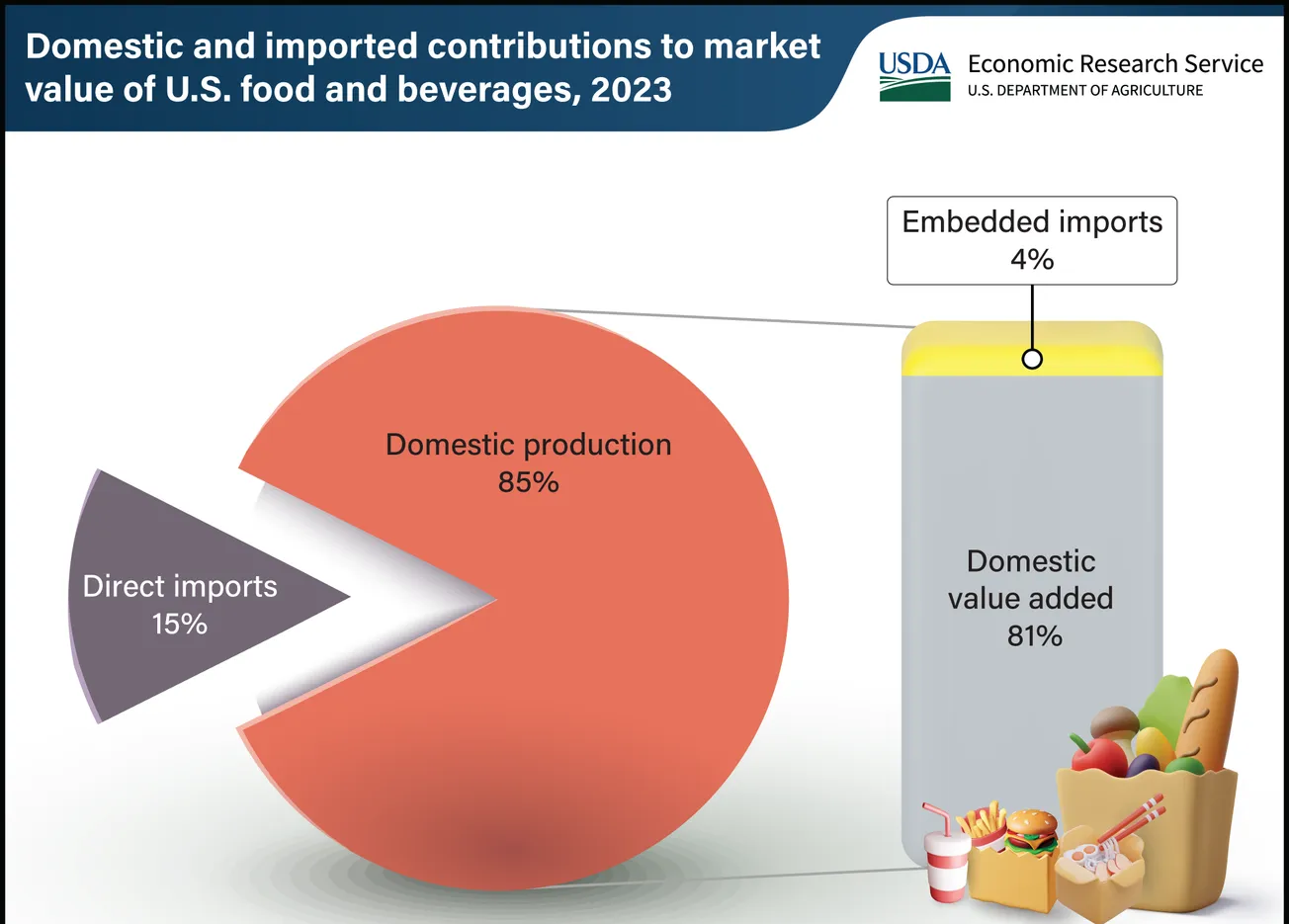NEW YORK — Walgreens Boots Alliance’s deal to acquire Rite Aid and partnership with Valeant Pharmaceuticals will build on WBA’s strong start in its first full year as a unified company, executive vice chairman and CEO Stefano Pessina said here at the annual shareholders meeting.
“I am happy to say that we are on track for better things this year, both on absolute and like-for-like basis. We continue to manage our business well and to grow our earnings strongly. And we continue to expect healthy growth in earnings for 2016 and beyond,” Pessina told investors Wednesday morning at the Park Hyatt New York in Manhattan.
He noted that the proposed acquisition of Rite Aid, which is still pending approval from regulators and Rite Aid stockholders, would bring a third retail brand to WBA’s U.S. retail operation. Currently, that business includes the Walgreens and Duane Reade drug chains and encompasses roughly 8,200 stores in all 50 states, the District of Columbia, Puerto Rico and the U.S. Virgin Islands, serving more than 6 million customers a day and dispensing about 1 billion prescriptions a year.
“Our focus in the U.S. has been first to ensure that we are operating our business as efficiently as possible and, alongside this, we must look very closely at our retail offering. Our goal is to ensure we are offering the best and most relevant shopping environment and product range to our customers, differentiating our stores, and offering our customers the service and value that they want,” Pessina said. “We are reviewing the merchandise of our convenience offering to ensure that we are offering customers what they want and need, and building a wider and better beauty and personal care offering based on our own exclusive product range.”
In the United States, a Walgreens-Rite Aid merger would join the nation’s largest drug chain with its third-largest, creating a pharmacy retailer with more than 12,800 stores across the country. Rite Aid, which had fiscal 2015 sales of $26.5 billion, operates about 4,560 stores in 31 states and the District of Columbia.
“The acquisition will go a long way to help fill the gaps in our geographical coverage in the U.S. in one step, and in terms of timing is most attractive upon completion,” Pessina said at the shareholders meeting, adding that “this deal can be harmonized with the Walgreens business” and promises other benefits to WBA.
“As we said in our announcement, the addition of Rite Aid to our network offers the potential for significant cost savings and purchasing efficiencies, in addition to opportunities in terms of improved market penetration for our own exclusive product portfolio,” he explained. “We are currently going through the regulatory process to get approval for this transaction. So far, this process is proceeding as we had anticipated, and we continue to expect the transaction to complete at some point in the second half of this calendar year.”
Last month, in reporting fiscal 2016 third-quarter results, Rite Aid announced that it has schedule a Feb. 4 special meeting of stockholders to vote on the WBA transaction. Also in December, WBA said it has completed $12.8 billion in term loan facilities as part of the financing for the $17.2 billion deal to acquire Rite Aid, and the Federal Trade Commission — under the Hart-Scott-Rodino Antitrust Improvements Act — announced that it has requested additional information from WBA and Rite Aid regarding proposed acquisition.
Pessina reiterated to shareholders that the benefits from the partnership with Valeant, also announced in last month, will take time to come to fruition.
“Following the Rite Aid announcement, in December we also announced a long-term partnership with Valeant Pharmaceuticals, designed to provide great patient assets to their products at lower overall cost to the health system than previously,” he said. “This partnership, though somewhat unique and novel to the U.S. market, is based on number of concepts that we use in a different context elsewhere in our organization and is a demonstration of how a partnership can create value while reducing cost for the system as a whole. It will take some time and work for this partnership to deliver its full potential. But, over time, such an innovative and collaborative initiative has the potential to deliver significant benefit.”
Under the fulfillment agreement with Walgreens, Valeant will cut the wholesale list prices of its branded dermatological and ophthalmological products by 10%. The pact also includes Valeant’s over-the-counter product lineup. Plans also call for Valeant to extend this distribution model to independent retail pharmacies. The companies said the arrangement will enable consumers to access Valeant dermatology and ophthalmology products at a lower out-of-pocket cost via Walgreens’ U.S. drug stores, as well as at participating independent pharmacies. Over time, Valeant and Walgreens aim to expand the relationship to include other therapeutic areas. And in another agreement, Valeant will distribute more than 30 branded products that have generic versions — covering a range of therapeutic areas — through Walgreens at the lower generic prices.
Pessina added that WBA will also continue to seek “profitable opportunities to expand our footprint in new and economically attractive markets.”
“We will continue to invest, prudently, and with a close eye on the financial return, both in existing businesses, in product brands to support and develop these businesses, and in complementary businesses that grow our offering in existing markets or bring us into new ones,” he said.
“There is no doubt that the greatest opportunity for the company today is here in the U.S. To improve the efficiency and offering of our Walgreens network and to participate in the coming and inevitable commercial integration that is a consequence of the changes happening in the U.S. health care system, I and my entire management team remain highly focused and motivated to continue the work that we began many months ago to transform, revitalize and refocus our business to make us more relevant for our customers and a more attractive partner to others in the health care system, more efficient and more profitable, and a more attractive investment.”
In fiscal 2015 ended Aug. 31, its first full fiscal year, WBA saw net sales rise 35.4% year over year to $103.4 billion. And for the fiscal 2016 first quarter ended Nov. 30, sales totaled $29.03 billion, compared with $19.55 billion a year earlier.
Quoting a famous Frank Sinatra song, WBA chairman James Skinner got the shareholders meeting under way by saying, “Our first year was a very good year.”
“I believe the new global enterprise that we launched just one year ago is off to a remarkable beginning. We began with a bold idea, to create the first global pharmacy-led health and well-being enterprise. We were driven by a simple purpose, to help people across the world lead healthier and happier lives. And we set forth an ambitious vision to be the first choice for pharmacy, well-being and beauty, caring for people and communities across the world,” Skinner said.
“Corporate mergers, especially groundbreaking ones like ours, are not without an element of risk. But in our case, the risk was worth taking because the ground was worth breaking,” he added, noting that Walgreens and Alliance Boots united two iconic brands with long legacy of trust and service. “Today, Walgreens Boots Alliance is a new force for good, promising to be a new part of the solution to world’s health care needs.”






